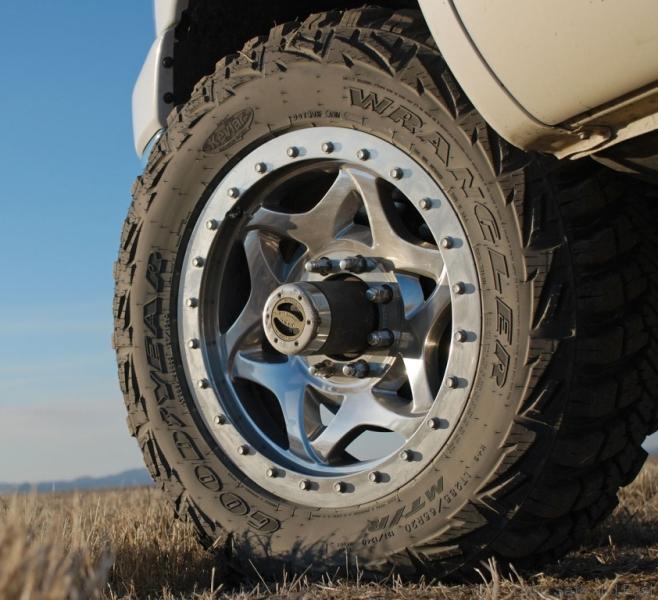A study from the National Highway Traffic Safety Administration found that from 2007 through 2010, 11,047 tire-related vehicle accidents were recorded in the United States. 195 people died and 6,361 have been injured in those crashes, which is worrying to say the least.
Just think about it, a simple consumable triggered such unfortunate events. Most people believe that low tire pressure leads to blowouts, but research points out tire aging is a bigger problem than that.
An analysis of crashes in the National Automotive Sampling System from 2005 to 2007 estimates that 90 people die and an additional 3,200 are injured each year in crashes in which tire aging is a factor.
So what’s tire aging? Well, any rubber ring will break down over time. Age itself isn’t a problem. You know those guys that use a 50cent coin to check out the tread wear? They have a point with how much tread a tire needs to operate as the manufacturer intended. However, even though a tire may have a lot of remaining tread after years of abuse, please resist the temptation to continue to run tires that are aged. By aged, safety experts mean tires that are 10 years old maximum. Like we highlighted beforehand, even though there is a lot of thread left, rubber auto-oxidation is real.
Charles Dufraisse and Nicolas Drisch told in 1932 in their Experiments on the Auto-Oxidation of Rubber and the Catalytic Phenomena Which Are Associated With It the following: “the auto-oxidation of rubber has been known for a long time, and for a long time, too, it has been known that it plays an important part in spontaneous deterioration or aging, and it has been the object of numerous studies of much interest.”
Auto-oxidation, tire aging, it is all bad
Don’t get confused now. To sum things up as simply as possible, oxygen in the air dries the rubber, thus making it stiffer. If ignored, stiff rubber leads to splits and cracks, separation of tread elements and even sidewall rupture. Imagine how nasty that would be if it would happen while cruising on the highway.
It’s important to understand that oxygen, heat and thousands of miles of rolling affect tires greatly. In addition to this, keep in mind that tires that aren’t used at least weekly are more vulnerable to aging.
Pressurized oxygen within the tire structure leads to degradation from the inside-out due to temperature fluctuations and sunlight. If the wedge layers of rubber on the inside oxidize, they’ll delaminate from the steel belts of the tire, leading to a blowout and a possible high speed crash.
Last but not least, you should be aware there’s no recipe to when you should replace your tires due to aging in that 10-year lifespan. Regardless of age, if a tire is showing crazing or cracking in areas such as the sidewall or tread grooves, as well as bulging, that’s the sign you should get some new tires for sure.






